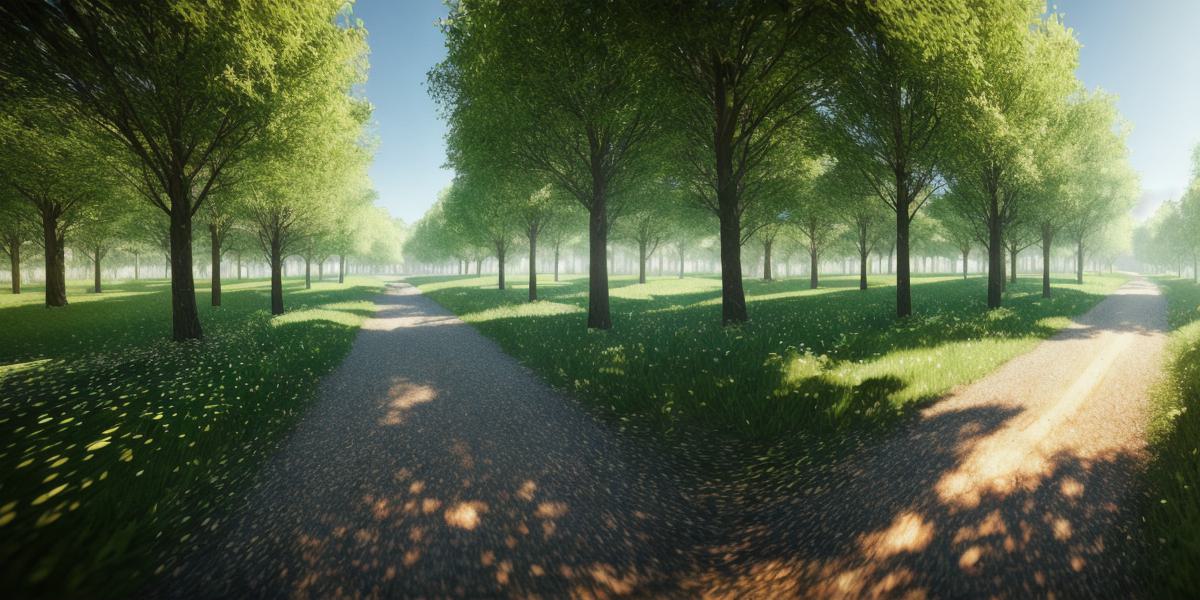Simulated reality (SR) is an increasingly popular and powerful technology that allows users to immerse themselves in virtual worlds that simulate real-life experiences. SR has a wide range of applications, from gaming and entertainment to education, training, and therapy. In this article, we will explore the many aspects of SR, including its history, current developments, and potential future applications.
History of Simulated Reality
The concept of simulated reality dates back to the early days of computing. One of the earliest examples of SR was created by computer scientist Ivan Sutherland in 1968 with his "Sketchpad" program. Sketchpad allowed users to create and manipulate virtual objects in a 3D space, marking an important milestone in the development of SR.
Since then, advances in technology and computing power have made it possible to create increasingly sophisticated and immersive SR experiences. Today, SR is used in a wide range of applications, from gaming and entertainment to education, training, and therapy.
Current Developments in Simulated Reality
One of the most exciting developments in SR is the growth of virtual reality (VR) technology. VR uses head-mounted displays and motion sensors to create a fully immersive experience that can feel almost indistinguishable from real life. Some of the current applications of VR include:
- Gaming: VR gaming has become increasingly popular in recent years, with many popular games now available in VR format.
- Entertainment: VR is also being used in the entertainment industry to create immersive experiences for moviegoers and live event attendees.
- Education: VR is being used in education to create virtual field trips, simulate historical events, and provide interactive learning experiences.
- Training: VR is being used in training industries such as military, aviation, and healthcare to simulate real-life scenarios in a safe and controlled environment.
- Therapy: VR is also being used in therapy to treat a wide range of conditions, including anxiety disorders, PTSD, and phobias.
Potential Future Applications of Simulated Reality
The potential future applications of SR are virtually limitless. Some of the areas where SR is likely to have a significant impact in the coming years include:
- Tourism: SR could be used to create virtual tours of popular tourist destinations, allowing people to experience the sights and sounds of these places without ever having to leave their homes.
- Real Estate: SR could be used to create virtual showrooms for properties, allowing potential buyers to see and explore properties in a more immersive way.
- Architecture: SR could be used to create virtual models of buildings and cityscapes, allowing architects and urban planners to test and refine their designs before they are built.
- Retail: SR could be used to create virtual shopping experiences, allowing customers to try on clothes and see how furniture and other products would look in their homes before making a purchase.
- Healthcare: SR could be used to create virtual simulations of surgical procedures, allowing doctors to practice and perfect their skills in a safe and controlled environment.
FAQs
What is the difference between simulated reality and virtual reality?
Simulated reality (SR) refers to any technology that creates an artificial environment that simulates real-life experiences. Virtual reality (VR), on the other hand, is a specific type of SR that uses head-mounted displays and motion sensors to create a fully immersive experience that can feel almost indistinguishable from real life.
What are some of the potential future applications of simulated reality?
Some of the potential future applications of simulated reality include tourism, real estate, architecture, retail, and healthcare. SR has the potential to revolutionize many industries by creating more immersive and interactive experiences for users.
